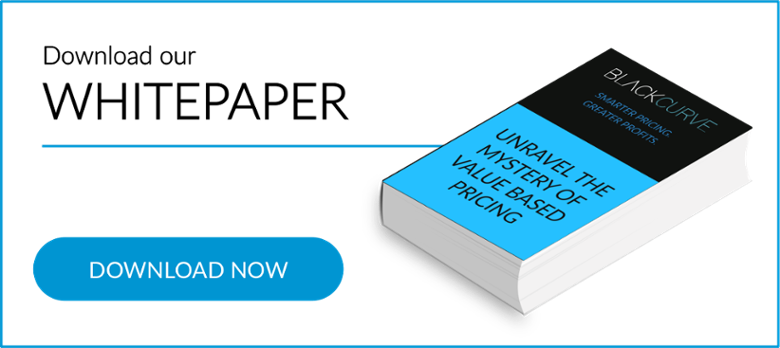Psychological pricing uses the customer's emotional response to encourage sales. By pricing products strategically, a company may increase sales without significantly reducing prices, or use a higher price that will actually increase sales.
Consider these twelve factors when crafting a psychological pricing strategy to get the best results:
1. Customer Emotions
Appeal to your customers' emotions - your pricing should aim to strike a thrifty note with a bargain or stir up feelings of prestige with a higher-priced item.
2. Charm Pricing
An Odd Pricing Strategy - also known as Charm Pricing, prices products just below the whole pound amount. For example, instead of charging £5 for a product you might charge £4.99. Buyers associate the price closer to £4 than £5 even though it is only one penny less. Similar strategies are used for larger amounts.
3. Font Size
Ever noticed the difference in font size between the pounds and pence on shop billboards? That “99p” is tucked up in the corner in a tiny font in order to make you forget it even exists.
4. Bundling
Bundling to reduce purchasing pain. You throw in more products and offer a slight discount on the unit price in return.
5. Flash Sales
Flash sales can be very effective psychological tools, as they convey exclusivity in addition to urgency.
6. Ceiling Price
You might also aim to stay underneath a particular price point such as under £100. Customers will feel more comfortable knowing the ceiling price of your products.
7. Discounts
A discounting strategy attracts customers who feel they are getting a good deal with a temporary price reduction.
8. Price Lining
Price lining involves distinct lines of products, each in a distinct price range, such as budget, mid-range and high-end. Adding enhancements on your most expensive lines doesn't typically cost much but allows you to increase the price significantly – and appeals to customers who aspire to purchasing a high-end product whilst keeping a close eye on cost.
9. BOGOF
Buy one, get one free ; people love free stuff, they just can't get enough.
10. Branding
Revise your pricing structure and build an impression of your brand without making significant changes to the product. This can make your product suddenly seem like a great bargain or elevate your luxury product to the top of the available options.
11. Target Market
Determine who you are trying to reach and how your target audience will respond when setting your prices. Appeal to their needs and aspirations.
12. Competition
Don't forget to consider your competitors when choosing a psychological pricing method and setting your prices. Straying too far from similar products can make you less competitive.
Experiment with one or more psychological pricing methods to help find a price point that increases your sales.


